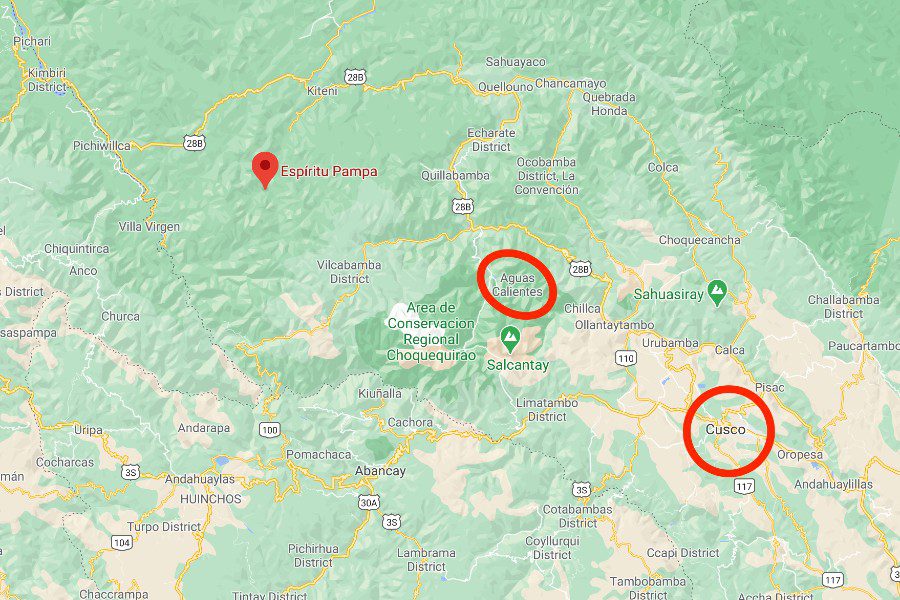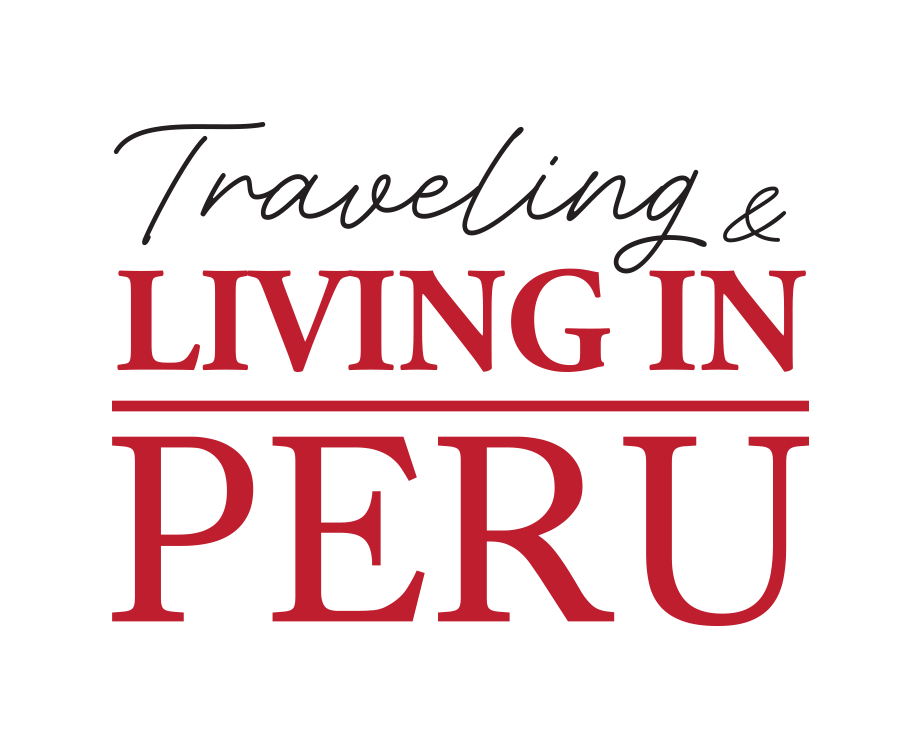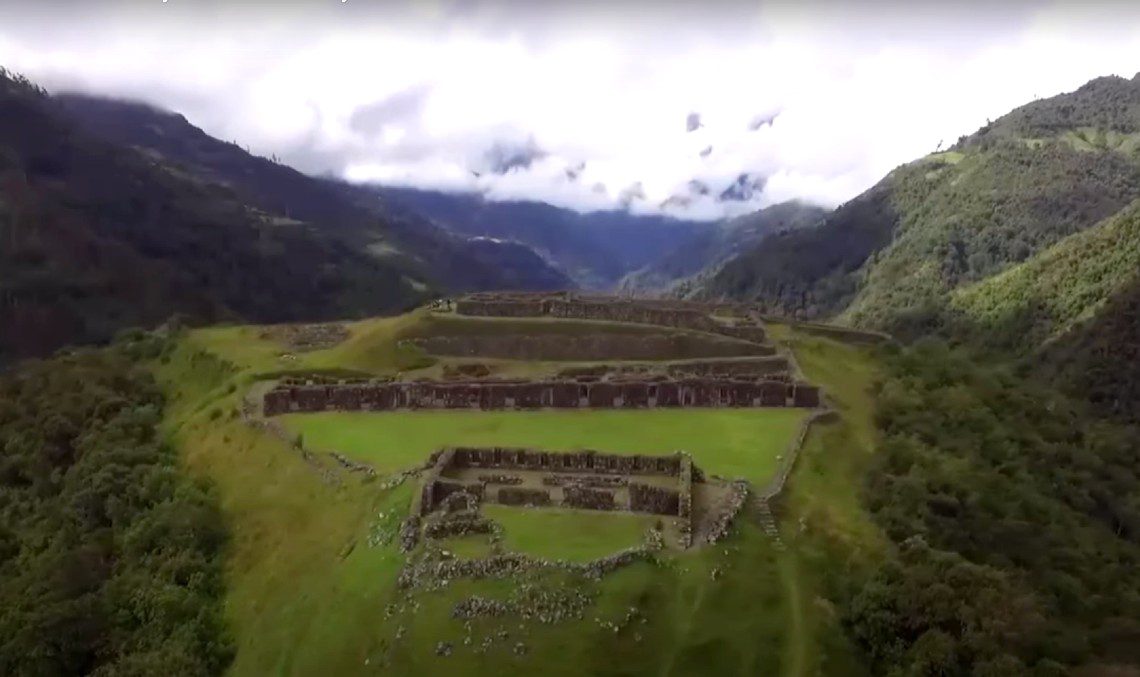There are many alternative treks that use the city of Cusco, Peru as a starting point. The trek to Vilcabamba, the real Lost City of the Incas, might be the most alluring.
Hiram Bingham arrived in Peru in search of The Lost City of the Incas, which he thought he had found when locals led him to Machu Picchu.
The city in question refers to the place where the Incas retreated to as the threat of Spanish conquistadors loomed over Cusco. This place was in fact Vilcabamba, not Machu Picchu. Travelers can visit via off-the-beaten-path treks.
Where is Vilcabamba?

Vilcabamba is located in the Echarate District of Cusco’s Convención Province, sitting northwest of Machu Picchu, Choquequirao and Salkantay mountain. Meaning “sacred plain” in Quechua, the ruins are also called Espiritu Pampa, and sit near the Chontabamba River (a tributary of the Urubamba River).
The story behind Vilcabamba
The area of Vilcabamba was the stronghold and refuge of what is known as the Neo-Inca State before its collapse under the Spanish conquistadors. The state was established by Manco Inca Yupanqui at Vilcabamba, which served as the capital until 1572, when the area was conquered and Manco’s son, Tupac Amaru, was captured and executed.
The refuge was abandoned and forgotten, though locals knew of its existence and referred to it as Espiritu Pampa (Plain of Spirits). Three Cusco locals rediscovered the ruins, identifying it as Vilcabamba in 1892: Manuel Ugarte, Manuel López Torres, and Juan Cancio Saavedra.
Hiram Bingham arrived in Peru in July 1911 with the aim of finding Vilcabamba, the Lost City of the Incas. When locals led him to Machu Picchu, Bingham believed the site to be the Lost City (he also visited Vilcabamba). It wasn’t until 1964 that Gene Savoy, an American archaeologist, demonstrated that the ruins of Vilcabamba were indeed those of the real Lost City.
What’s left to see at the Vilcabamba site may not be as impressive as Machu Picchu, but it is still fascinating considering its history, and the fact that it is secluded. Excavations in 2010 revealed items from the Wari (or Huari) culture, meaning the site was inhabited long before the Incas.
In 2015, a team of Spanish explorers recently uncovered what appears to be evidence of Capacocha (also Qhapaq hucha), an Inca sacrificial rite that involved sacrificing children. Read more here.
Treks to Vilcabamba
The Vilcamba site is inaccessible by vehicle. The length of the Vilcabamba trek varies, depending on the exact route that’s taken. The shortest and most popular is 5 days and 4 nights, with the final night at Aguas Calientes and a tour of Machu Picchu the following day. You can also find treks of 6 days, 7 days, 8 days and even 11 days in length.
Some routes include a variety of climates, particularly mountains and jungle, as the city located at 1,458 m or 4,783 ft. Others spend much more time in the jungle and, therefore, are a much warmer trek with a greater amount of vegetation and birds to be seen. Check over the itineraries before making your choice, though all will offer incredible landscapes that are not frequently traveled.
If you would like to learn more about the trek options, contact at yourfriends@livinginperu.com
Cover photo: Blast World Mysteries Youtube


